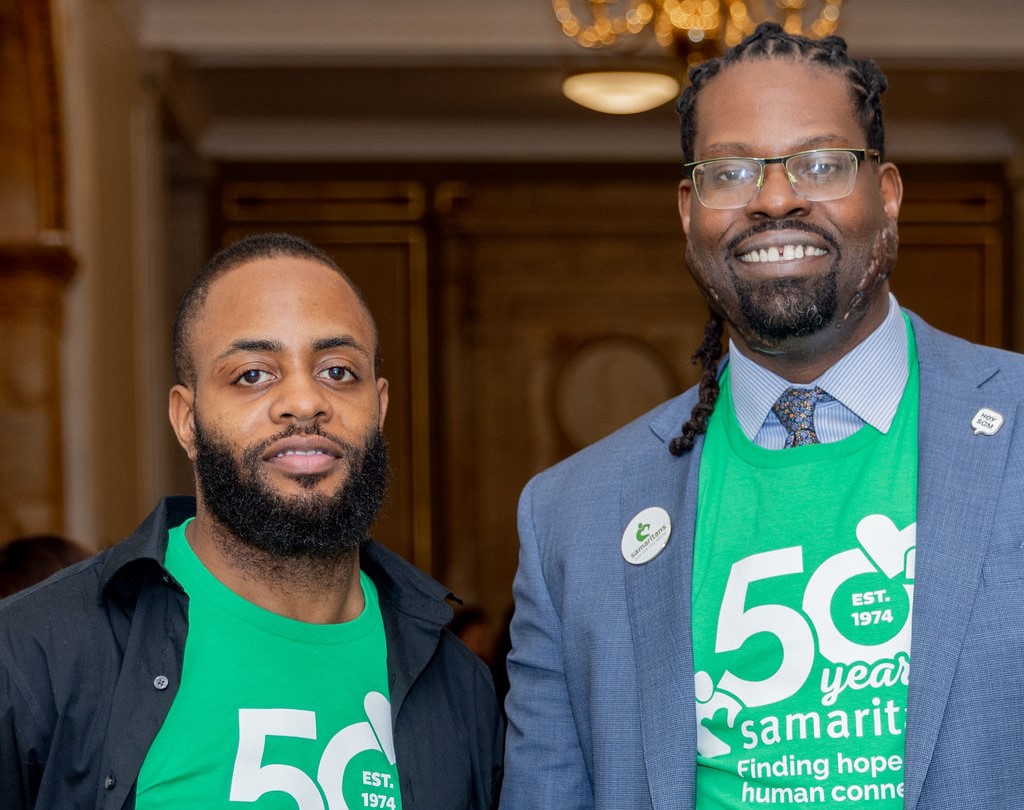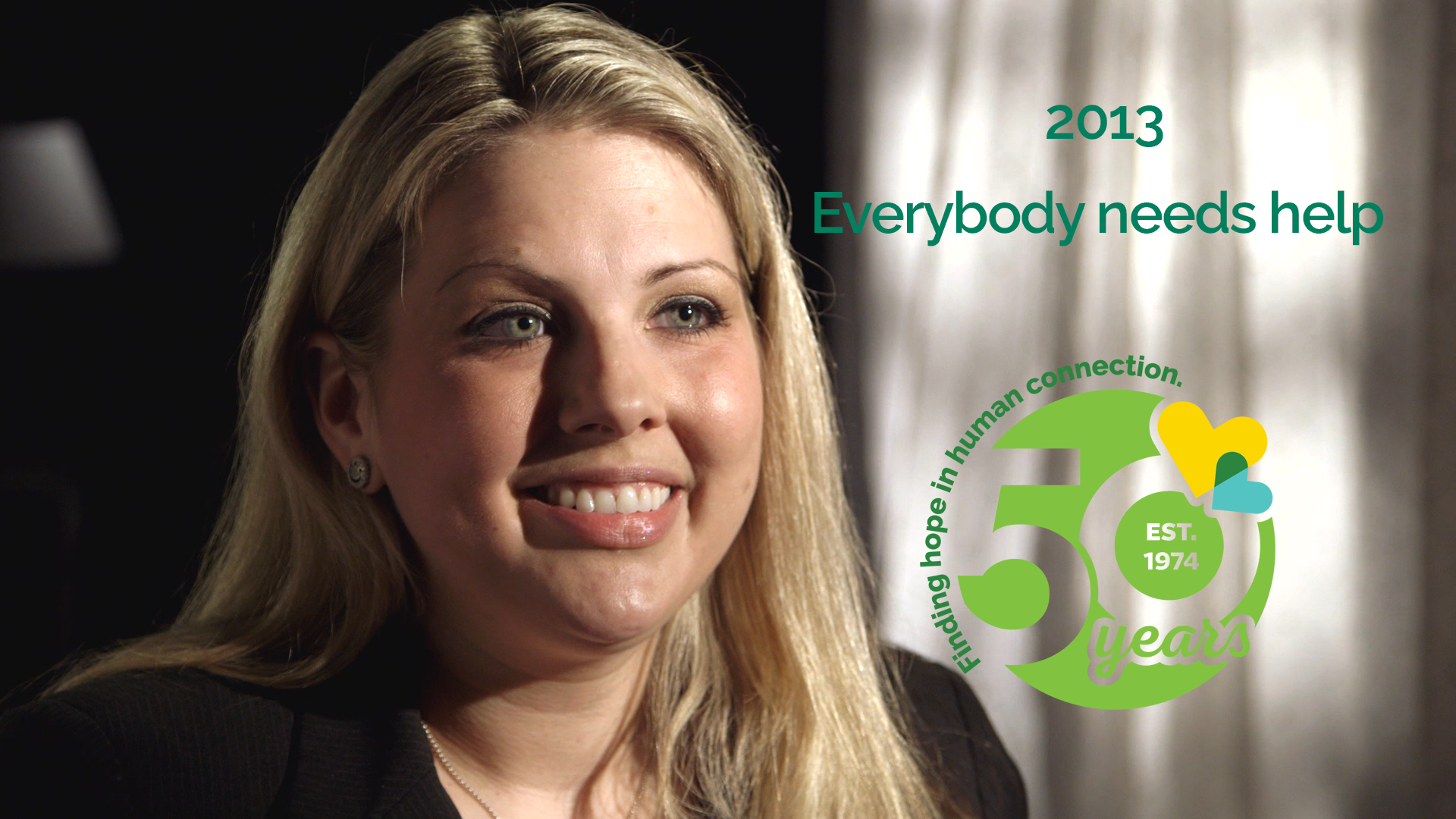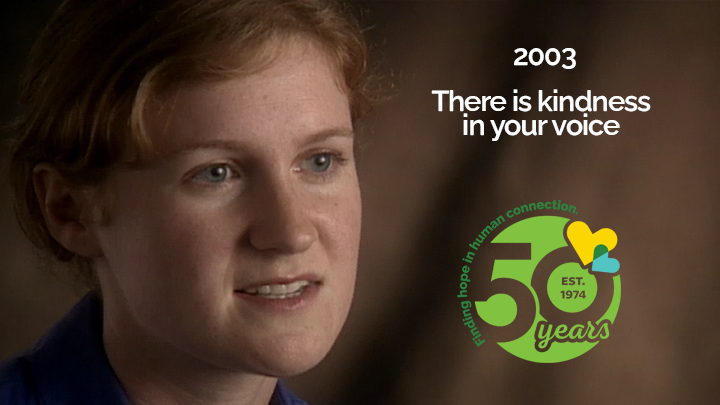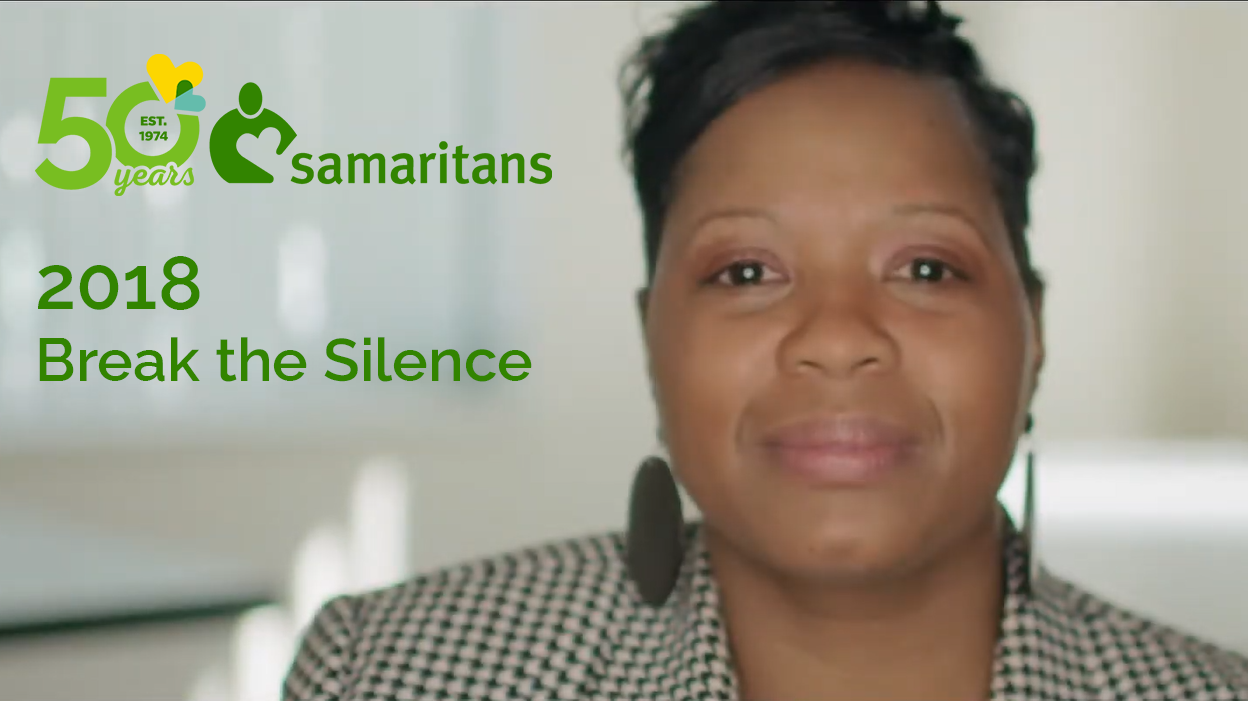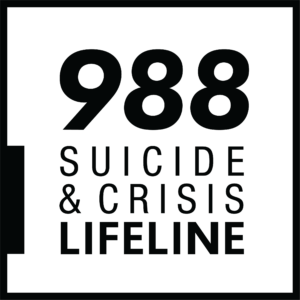For more than 10 years, Dr. Jack Jordan, PhD has been a part of the Samaritans family, working with our Grief Support Services team as a clinical consultant specializing in suicide bereavement. In 2021, Jack is retiring from this consultancy. We are so grateful for the many years of expertise and wisdom Jack has imparted on our team, and the warmth and support he has provided to so many suicide loss survivors over the years. This year, we are excited to welcome Jim McCauley, LICSW, Associate Director of Riverside Trauma Center, as the new Grief Support Services clinical consultant. We took some time to chat with both Jack and Jim about their work in suicide bereavement, what they’ve learned over the years, and what they hope suicide loss survivors take away from their grief work.
Can you give us a quick background into your work with loss survivors?
Jack: At one point in my life, I thought about becoming a clergy-person and was really involved in my church when I was younger. I had always been drawn to doing clinical work that has elements of being a kind of ministry. I’ve been in solo, private practice for most of my professional career and doing grief and bereavement work not exclusively but as a major focus. I got into suicide bereavement because in my own private practice, I had a number of survivors that I was seeing all individually. I had a realization: They’d be better off talking to each other and not just to me. I started a peer support group for survivors in my private practice that ran for about 13 years. That group was such an inspiration to me. I was blown away by the intensity of the grief and the sorrow in the group, but also just amazed by the resilience that happens if you create a setting where people can do the work that they need to do. I got involved with the American Foundation for Suicide Prevention, helped them develop a training for laypeople around facilitating bereavement support groups, and then I brought that in when I became a consultant for Samaritans. That all drew me into doing grief work, doing suicide bereavement work, and particularly facilitating support groups, and teaching people how to facilitate support groups. I call it an epiphany that I had.
Jim: I was a clinical social worker by trade and spent most of my career working in outpatient mental health clinics. From time to time, we’d get calls from the community that something bad had happened and they wanted mental health support. At some point, a couple of us realized that we needed something more organized and needed more training and so we created Riverside Trauma Center. We were funded to provide critical incidence support – that’s just a fancy way of saying when something bad happens in a community, we provide support. Over several years, we realized probably 70-80% of the traumatic instances we were responding to were after a sudden death, most often a suicide. For that reason, we became really passionate about suicide prevention. We were trying to figure out if there were ways that we could intervene in such traumatic events that cause people so much pain. We were doing a lot of training with mental health clinicians about how to assess someone for suicidal thoughts, and over the years we got more and more involved with suicide loss survivors. In 2010 or so, we got involved with Jack and did some writing together, and Jack has been a real mentor to our team at Riverside in guiding us along as we have been learning more about how to support loss survivors.
What has your work with suicide loss survivors helped you to better understand about suicide (or about anything, really)?
Jack: Suicide is almost always the result of pain. Emotional and sometimes physical pain. And then, grief is absolutely a form of pain. Separation distress after suicide is a particularly acute, intense, and (in many ways) unique form of pain. The very thing that leads to suicide, this intense psychological pain, also affects survivors.
Jim: One of the things that struck me over the years, looking at grief through a trauma lens, is the interplay with grief and how suicide grief is already so complicated and how much more complicated trauma can make grief. A lot of times, we actually have people who are dealing with both the intense trauma while they’re trying to grieve simultaneously. That interplay is something important to address in so many cases.
What do you feel like people most often misunderstand about grief and then, specifically, grief after suicide?
Jim: Loss survivors know this but the general public still doesn’t understand that closure is not what loss survivors are looking for. They’re looking for a way to stay connected to their loved one. For that reason, when people don’t understand, it can feel like a huge disconnect and makes it so much harder to get support. That’s a huge piece.
Jack: People think losing someone (death from any cause) is getting over an unpleasant experience, like the flu. You put it behind you and you go on down the road. It doesn’t change anything in your life, you just get through it, hunker down, wait for it to go away, and go on about your life. Implicitly and explicitly, survivors get asked “You’re still grieving that?” People think you put it behind you and move on. A guy in a group I was running said, “Dr. Jordan, people think grieving is having this heavy boulder put on your shoulders and they think at some point you just put the boulder down. That’s not what’s happening. My back is getting stronger.” People will carry this grief, particularly with traumatizing deaths like suicide, for the rest of their life. It won’t feel as heavy, it’s a learning process to carry and get stronger. That’s so much better a way to think about grief than “Are you over it yet?” Suicide can be an extremely isolating experience for people. People don’t know what to do in the face of suicide and aren’t sure how to offer support because they fear it, don’t understand it, and there’s just so much stigma surrounding suicide.
Jim: One of the things that makes it harder for people to grieve is the idea around the stages of grief. It makes it harder if you think you’re supposed to go through this logical, linear process. “Stages of grief” implies there’s an endpoint. I’ve never been a big fan of the models of the stages of grief (except Ed Rynearson’s thoughts on who you are before and after the suicide).
What are the biggest changes you’ve seen in your career, as related to suicide and suicide bereavement?
Jack: Suicide and grief after suicide are actually being acknowledged. Suicide and psychiatric disorders have been so stigmatized that survivors tend to self-isolate because they don’t know how to explain it and they feel ashamed or embarrassed and they avoid other people, even as other people are also contributing to that isolation. This is a movement driven by survivors, activist survivors who said other people shouldn’t have to go through this. People have taken a catastrophe and turned it into something that benefits other people. We refer to that as “post-traumatic growth.” Families literally didn’t talk about it before. You see much more transparency now.
Jim: In the professional community, whether that’s with therapists or suicidologists, loss survivors have so much more of a voice these days than they did before. People really understand that survivors have a tremendous amount of wisdom – not that they asked for, but they have now. Professionals are really interested and willing to hear that now.
Jack: That’s exactly right. People with lived experience in being suicidal, living with psychiatric disorder, or people who are bereaved by a loss to suicide are much more welcomed in the field than they would’ve been before.
Have there been any trends you’ve observed over the years, as related to suicide and suicide bereavement?
Jim: Certainly, people are getting the word about safe messaging and reporting about suicide. The national publications, whether print or media, are understanding the importance of safe messaging more and more, by including a sidebar of resources, hotlines, or not reporting the method of death. That’s a lot better than it was years ago.
Jack: There’s still a tremendous way to go in terms of de-stigmatizing suicide. Many people in their communities experience a huge amount of avoidance behavior.
Jim: One of the big things I’ve noticed is the acceptance of the idea that we can’t expect the medical or mental health community to be the primary force for suicide prevention. This is really a public health issue, so that means including training people to be gatekeepers for suicide prevention. The first people that may know someone is thinking about suicide are family members, friends, church members, colleagues… those are more likely to be the people that know, instead of the therapist or the primary care physician.
Jack: Also, and this change is still very much underway with a long way to go, people are astounded to hear how little training mental health professionals get in either working with people who are suicidal or who are bereaved by a suicide. I had terrible training in my graduate program, which was a long time ago, but this is a big change. There’s a better recognition now. States are requiring the training as part of the licensure. People assume every mental health professional is trained and it’s just not true – the same fears and stigma exist within the field.
Jim: I got zero training. Suicide is the #1 mental health crisis that clinicians have to deal with and they get zero training. There is this movement afoot, where a number of licensing boards are saying we want you to get specific training.
What do you think your biggest strengths are in working with loss survivors?
Jim: I’ve personally had a lot of experience in my own life with loss, including at an early age. I feel like I can tolerate listening to people’s pain, maybe to a greater degree than some others. One of the reasons I’m in the field is this idea of meaning making, one of the primary tasks that’s going to help you get through a really difficult time.
Jack: I also feel like I have an increased tolerance to listening to people’s pain, without having to immediately try to fix it. I hear so many stories from people who have been to see clinicians who I am sure are well meaning but, likely because of their own discomfort sitting with pain, wanted to try and fix issues right away. The greatest gift you have to give is your compassion and willingness to journey with people through their pain. It’s not a short-term process. A long-term companion model of helping people is much preferable. Things like drop-in groups that are all year round that you can go to as you need, that’s the model of care that’s continuously available, and it’s how I end up evolving my private practice.
Jim: Every therapist would tell you they are able to work with people who grieving but grieving suicide loss is different. I credit Jack with the training specifically for mental health clinicians on how to work with people who are grieving after a loss to suicide, which Riverside Trauma Center and Samaritans sponsor. We want therapists to go through this training, and essentially be on a registry so that we can refer them specifically to the people who have been trained.
What are some of the most important messages and reminders for suicide loss survivors?
Jim: There are resources available. Jack and I are both on the Massachusetts Suicide Postvention Task Force with Samaritans and our goal is to train early responders (police, fire, clergy, funeral directors, etc.) to know there are resources out there to support people in the immediate aftermath of their loss. We are developing LOSS teams throughout the region, where survivors accompany first responders to let people know that resources exist. We’re trying to do that on a much bigger scale, which includes community dialogue, developing a website, and having resources available for them.
Jack: Above all, I want them to have hope. I want them to understand that this is an experience that is profound, catastrophic, life-changing — and also people survive it. It’s about psychological survival. To put one foot in front of the other, to survive hour-to-hour and day-to-day. What comes back is your sense of having a future that feels bearable and tolerable. Part of what’s important about suicide loss is that it’s often unsupported by the community to stay connected. In other deaths, the bereaved get permission to stay connected. But with suicide bereavement, the stigma, and the common feelings of abandonment or betrayal, there is often repairing that needs to happen between the survivor and the loved one lost. That often gets avoided or frowned upon. Survivors need permission to honor and remember the life of the person who died by suicide. Those can often feel like tough complications for survivors. I try to convey: this can be survived. I can testify to this because I’ve known so many amazing people who found resilience after a suicide loss. It is work, it is psychological work on the survivor’s part. You can learn to carry this in a way that honors your loved one and creates strengths in yourself.
Jim: Meaning making becomes so important in the healing process. The idea that time heals all wounds is slowly disappearing and this idea that getting involved in helping others like you is possible. That’s where Samaritans comes into play. It’s incredible to see other loss survivors supporting loss survivors. The idea of hope. The loss survivor who is facilitating a support group, or doing a home visit, or is an active participant in a SafePlace group becomes a mirror of hope. Hope is hard work. Hope is an action word. It’s not something that’s just going to come to you.
What does growth in this field look like to you?
Jack: Anybody who has been impacted or touched by a loss to suicide gets automatic information and has the opportunity to connect with other people who have gone through the experience. I’d like to see us build the support infrastructure needed for the survivor when they become survivors. That’s exactly what the task force has us envisioning. Postvention is prevention of future suicides.
Jim: My dream would be that we eliminate stigma around suicide loss or mental and psychiatric disorders. Make it easier for people to ask for help.
Jack: It’s changing but postvention has been the caboose of suicidology. Everyone agrees it’s good work but the priority goes to preventing suicide. The status of postvention efforts and the recognition that every suicide prevention program should have postvention as part of their offering, that’s changing.
Jack: I’d like to see it as something that becomes routine. If you have a heart attack, you’re going to see a cardiologist for help and the community will support that. I want to see the same thing, change the culture around suicide and being a survivor. If we can make it routine that people get positive support from their community… I think it’s underway.
